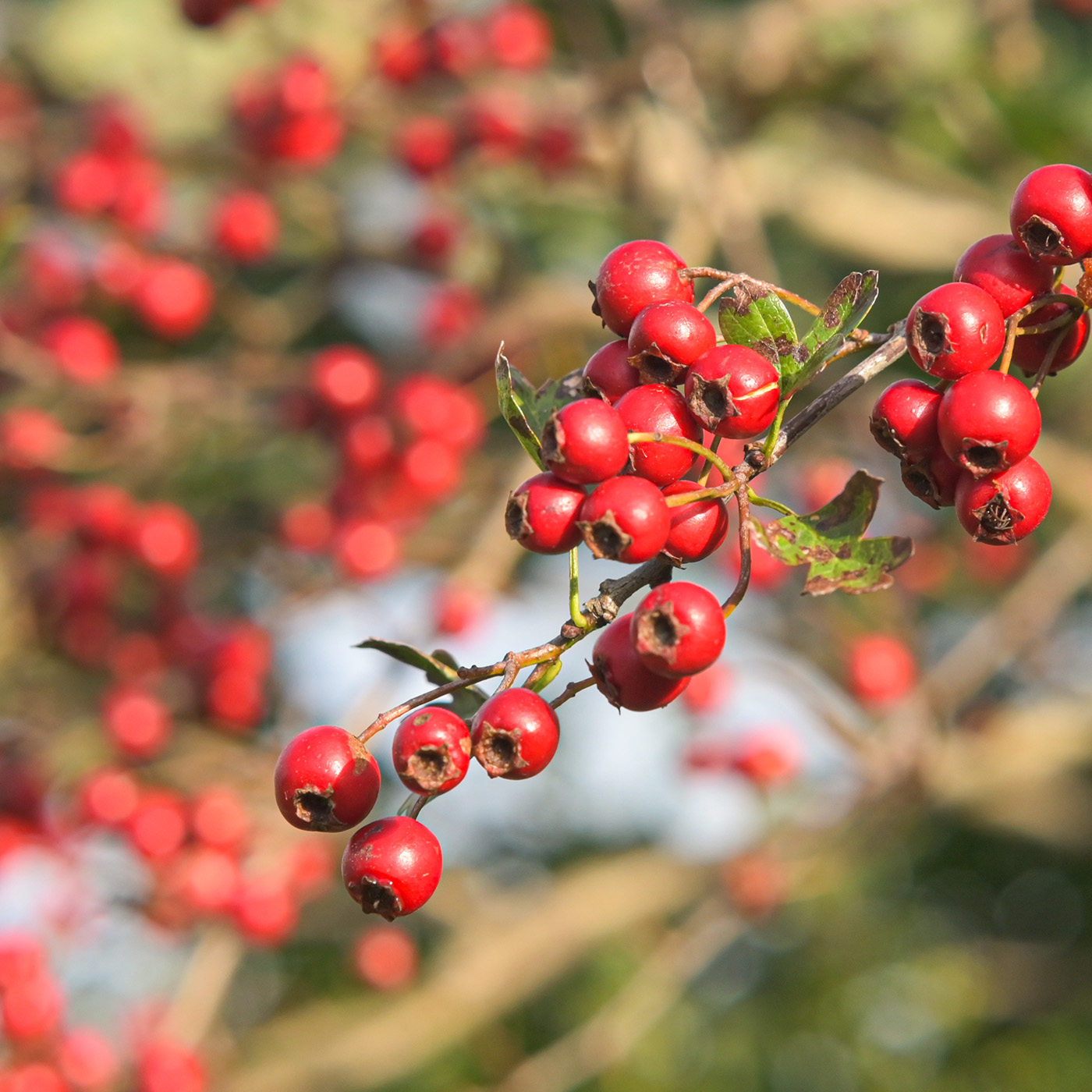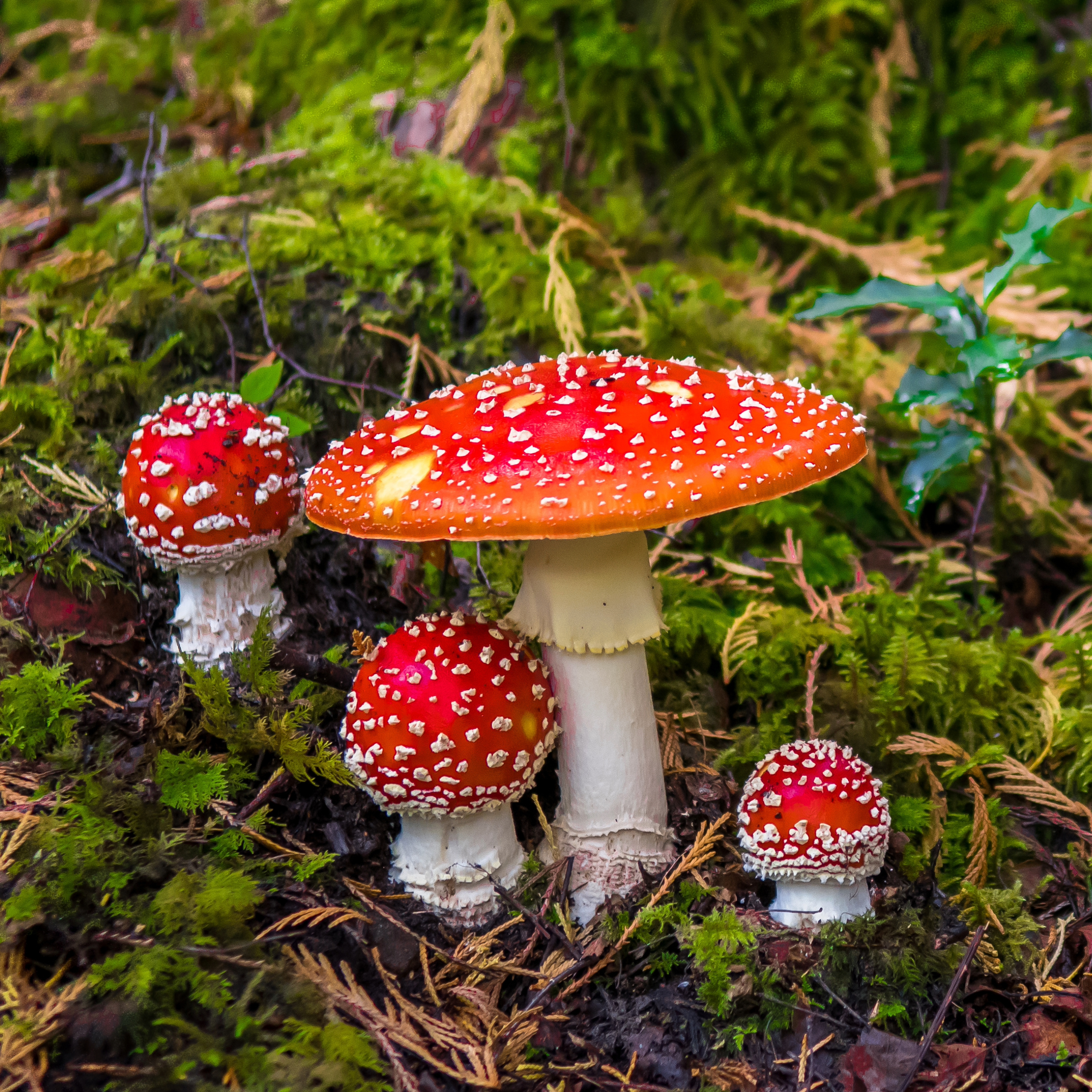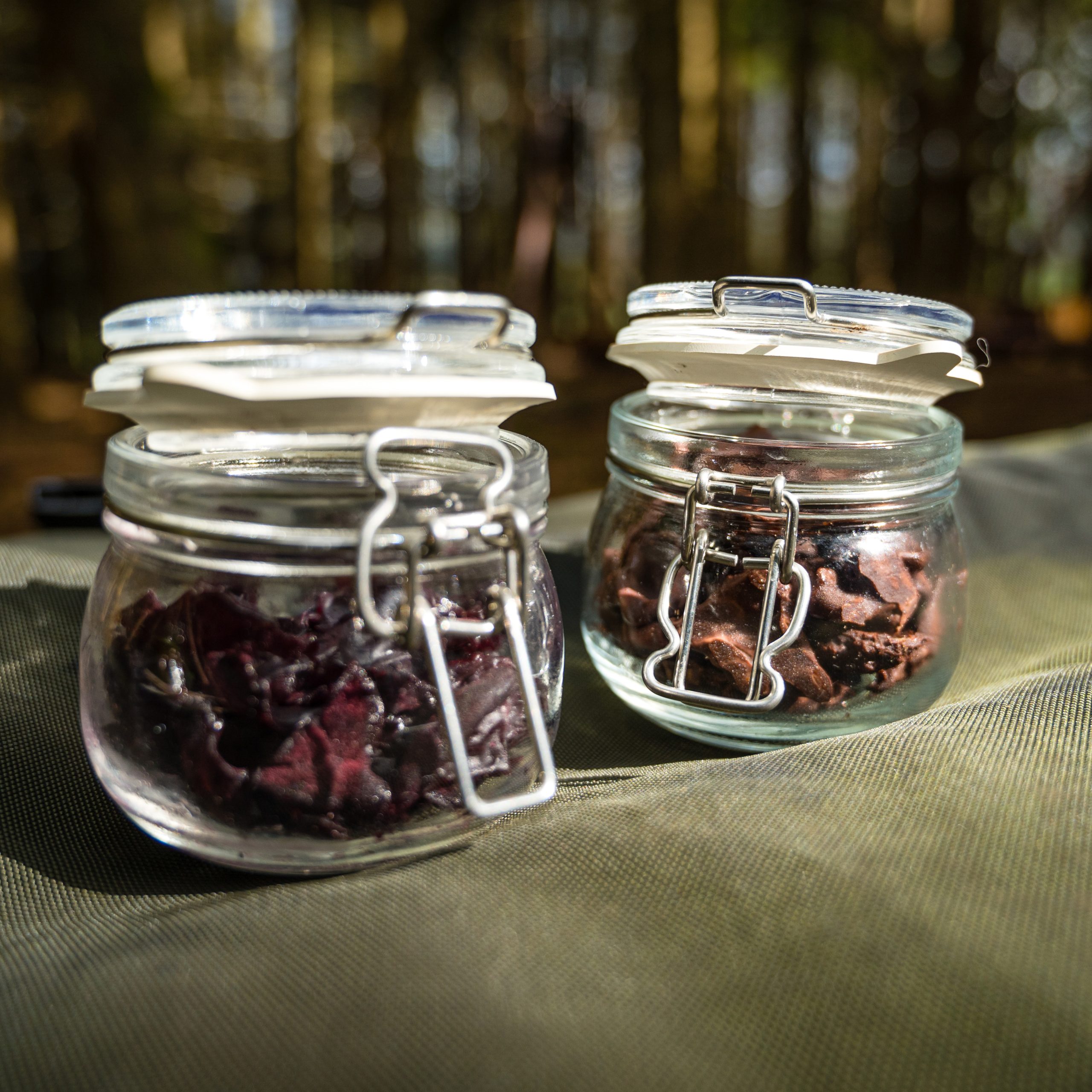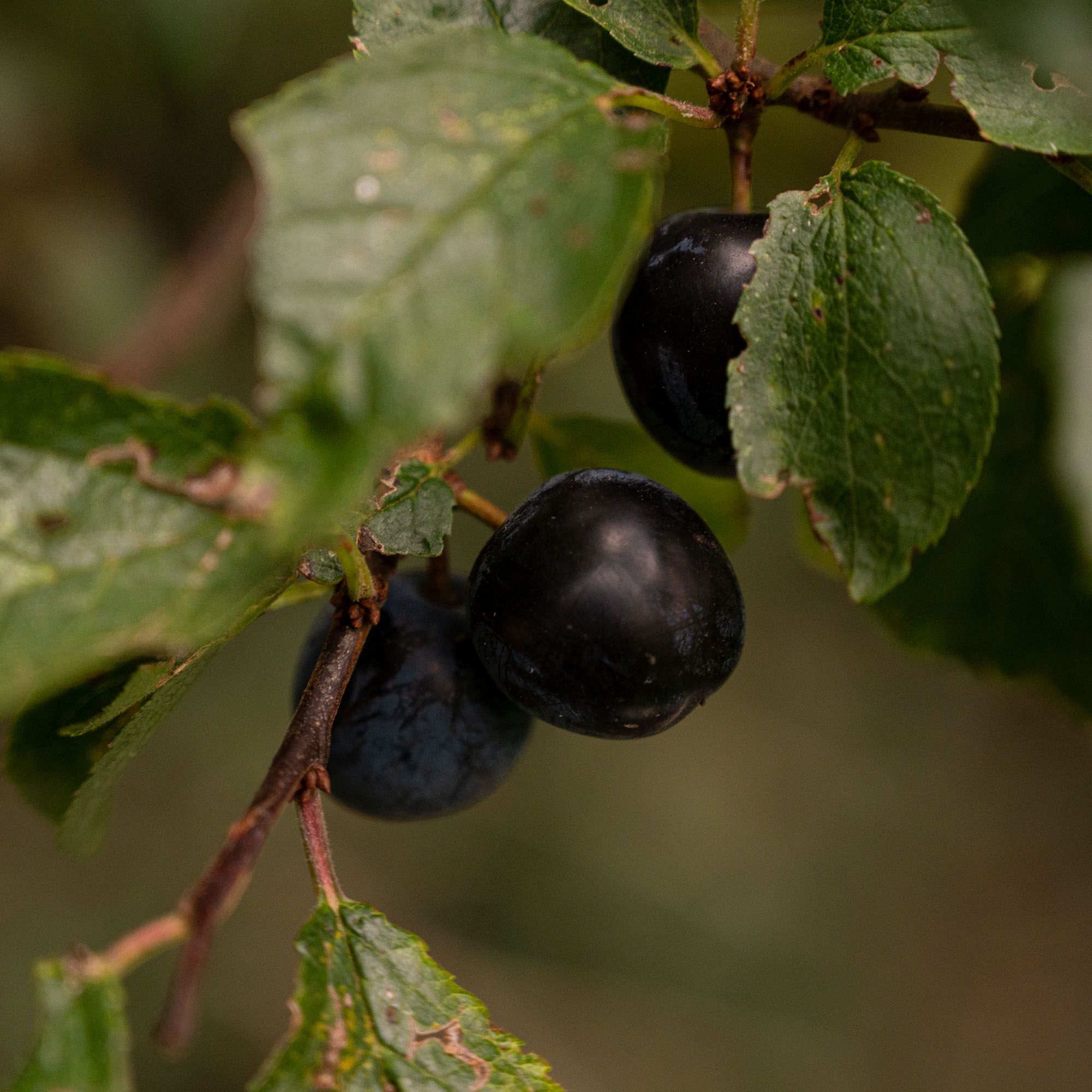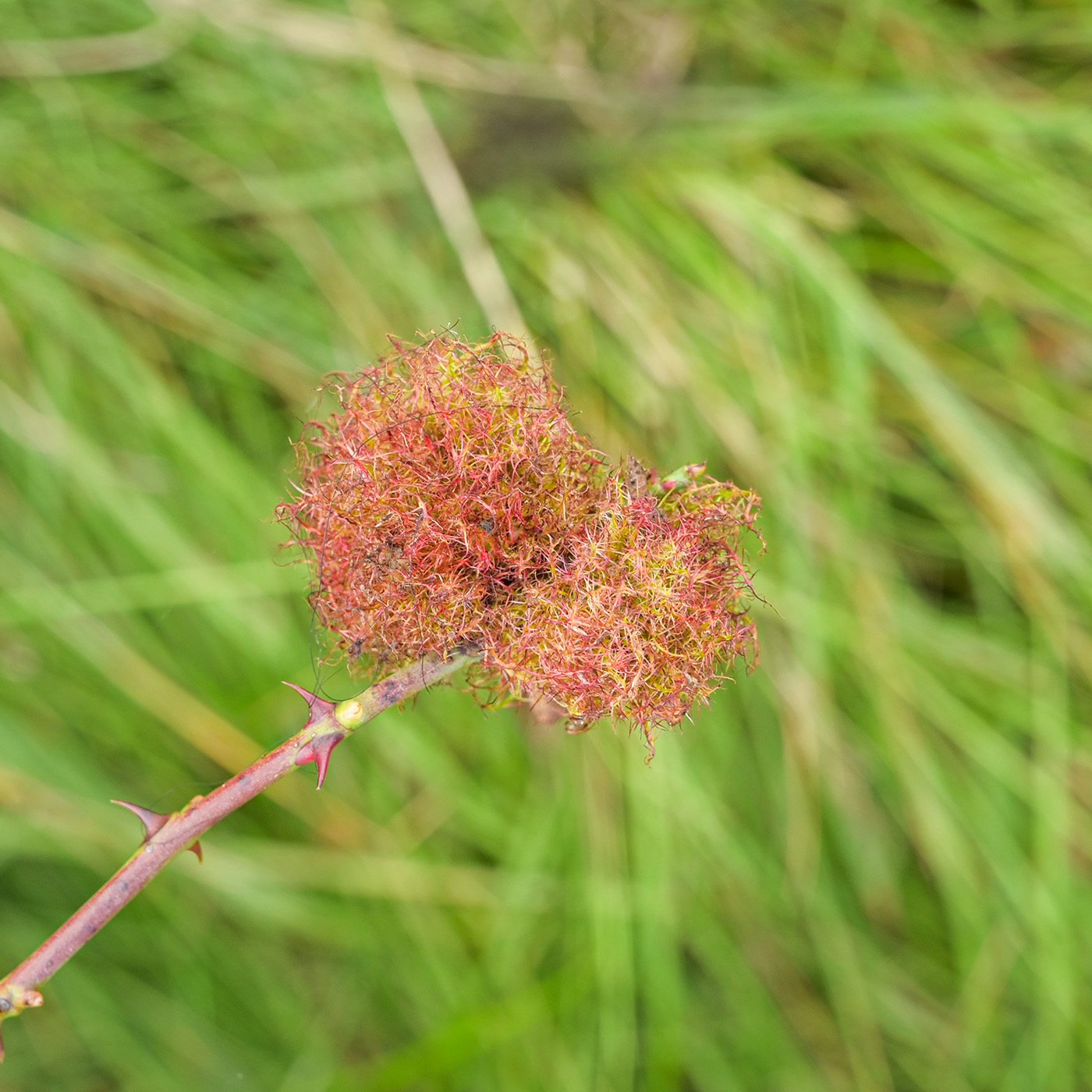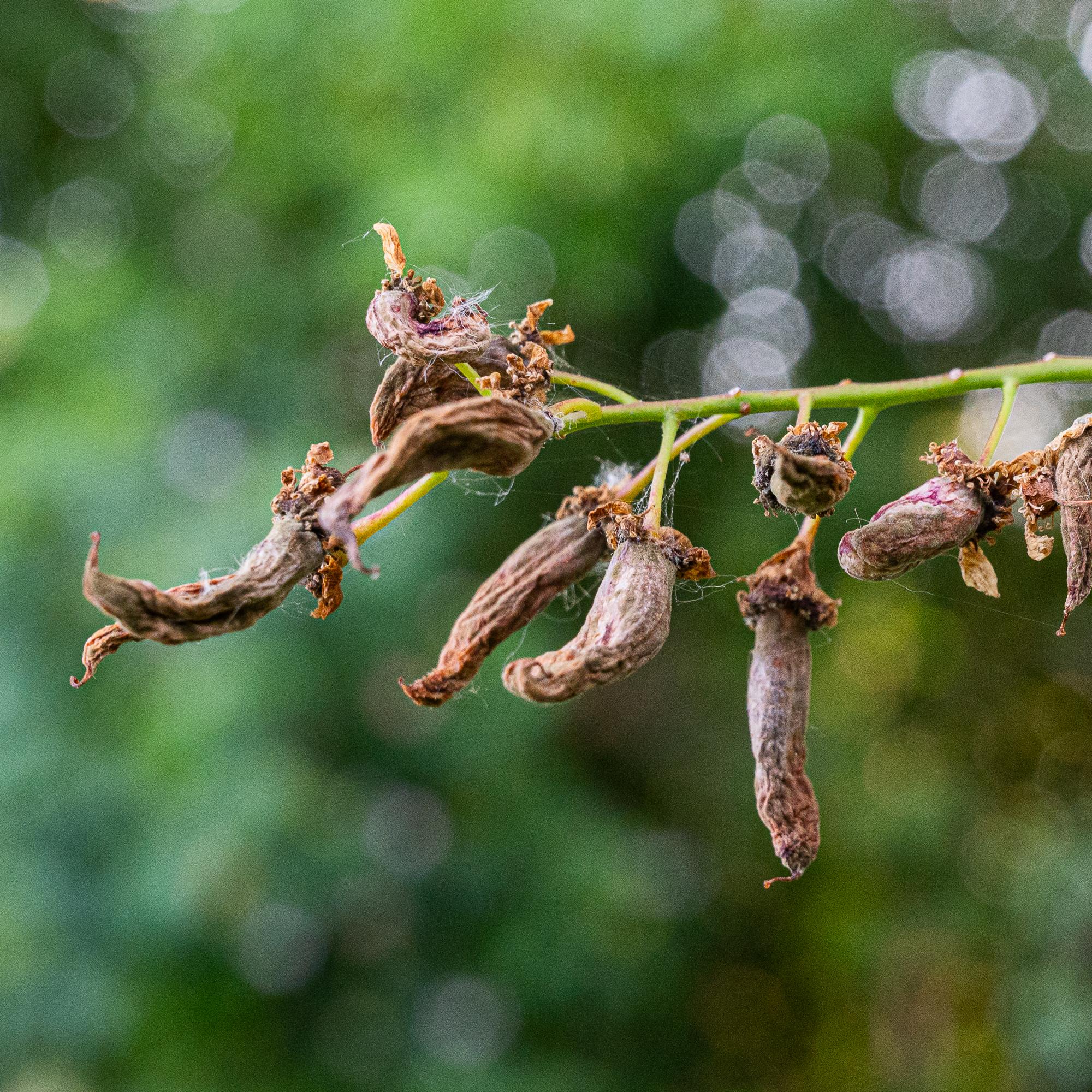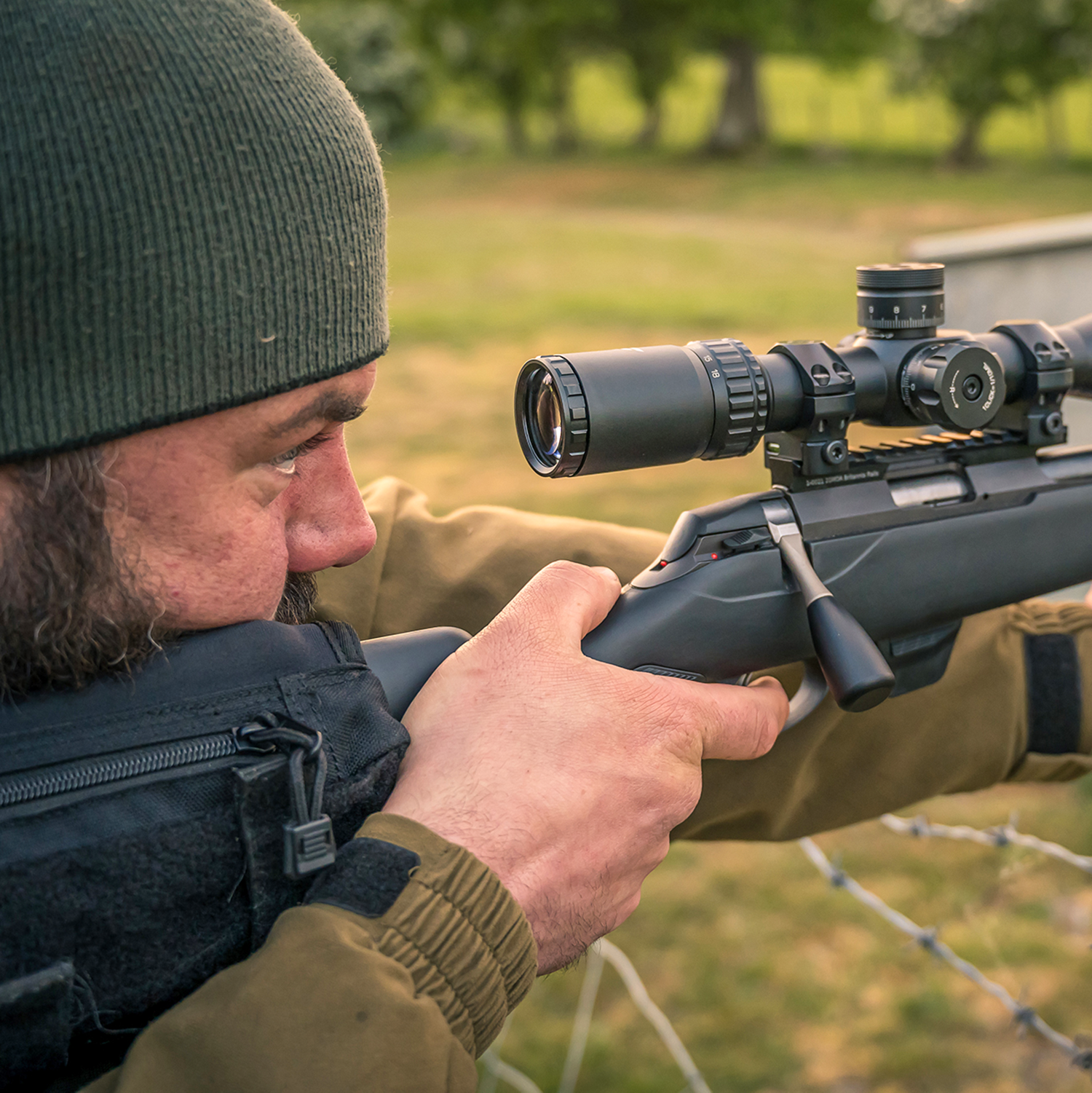What can I do with Hawthorn Berries?
The fruits are easy to identify and collect in large quantities and can be used to make fruit leathers (another name for a fruit roll-up), a fruity jelly which is a good accompaniment to game meat, and even to flavour…

